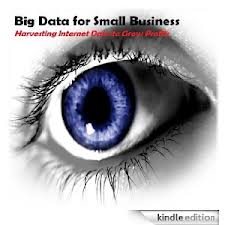Description: Currently in the business world we are witnessing something like the epic collision of two galaxies — a rapid convergence of two very unlike systems that will cause the elements of both to realign. It’s all thanks to the Internet of Things.
Source: Harvard Business Review
Date: May 7, 2013
If you are not familiar with the term, the Internet of Things refers to a dramatic development in the internet’s function: the fact that, even more than among people, it now enables communication among physical objects. By 2015, according to my own firm’s projections, not only will 75 percent of the world’s population have access to the internet. So will some six billion devices. The fact that there will be a global system of interconnected computer networks, sensors, actuators, and devices all using the internet protocol holds so much potential to change our lives that it is often referred to as the internet’s next generation.
For managers, this development creates challenges both long-term and urgent. They need to envision the valuable new offerings that become possible when the physical world is merged with the virtual world and potentially every physical object can be both intelligent and networked. And, starting now, they must create the organizations and web-based business models that can turn these ideas into reality. READ REST OF STORY
Questions for discussion:
1. What is the INTERNET of THINGS and why is it important?
2. List some market technologies that you see around you that are part of this INTERNET of Things.



